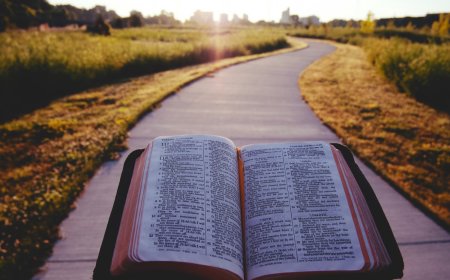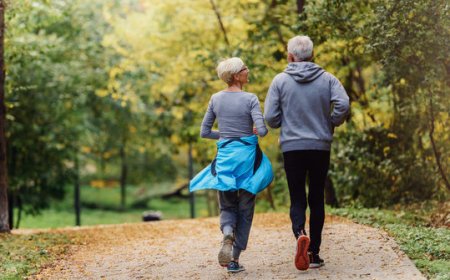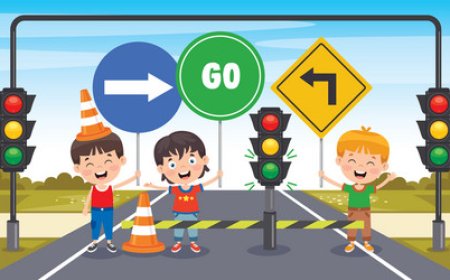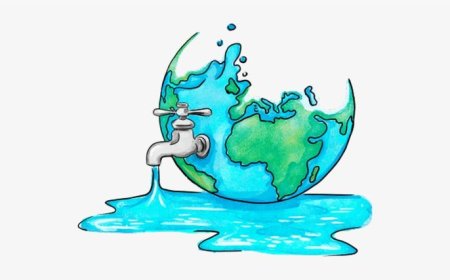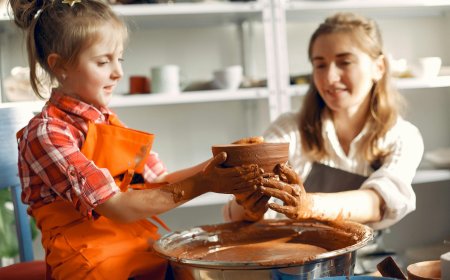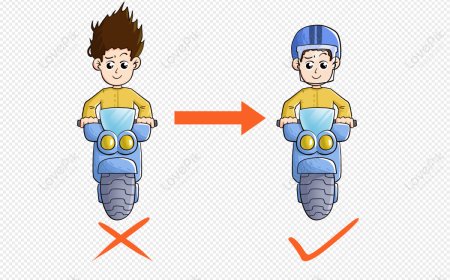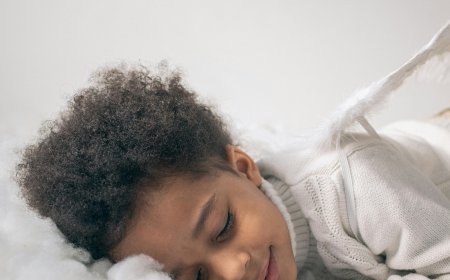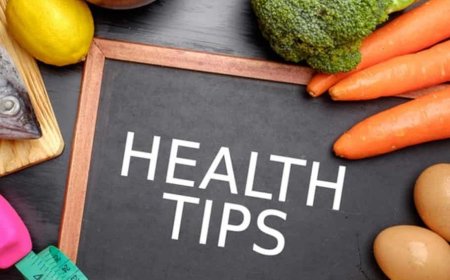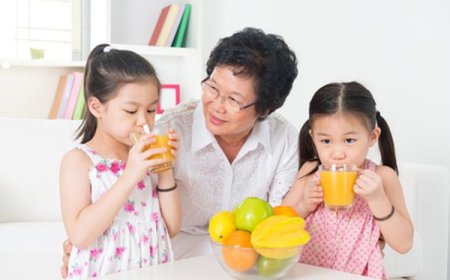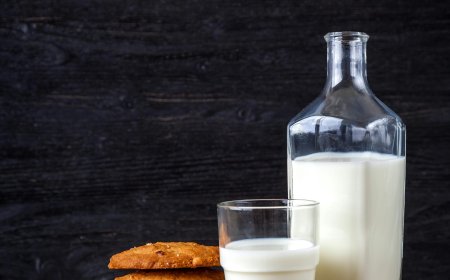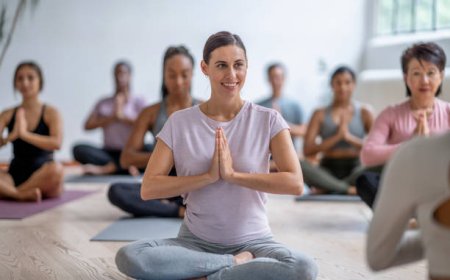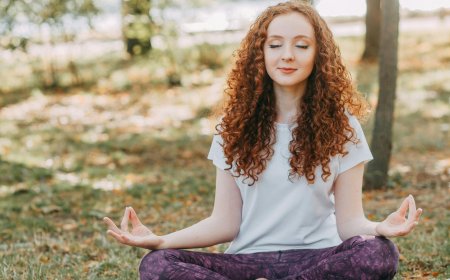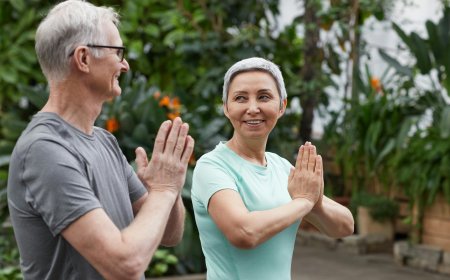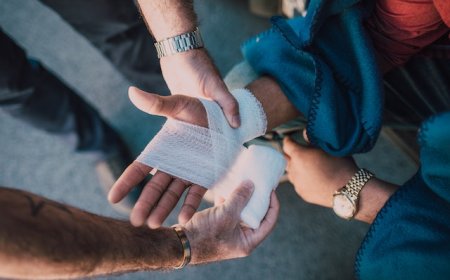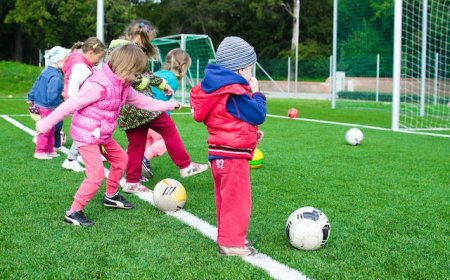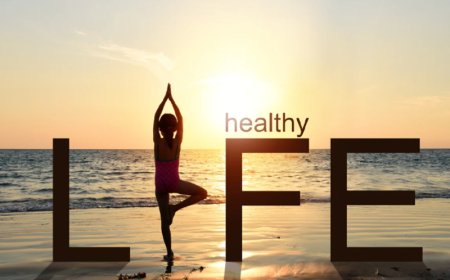10 reasons why second-hand smoke is dangerous for kids
Tobacco is one of the leading risk factors for diseases and deaths globally. This is both due to direct tobacco consumption and second-hand smoke exposure. Every year, the World No Tobacco Day is observed on May 31 to increase awareness about the dangers of smoking on the people who do it and those around them. … Continue reading "World No Tobacco Day: 10 reasons why second-hand smoke is dangerous for kids"

World No Tobacco Day 2023: Exposure to second-hand smoke may harm people at any stage of life - before birth, infancy, childhood and even adulthood. So, stop smoking before it affects people you love!
Tobacco is one of the leading risk factors for diseases and deaths globally. This is both due to direct tobacco consumption and second-hand smoke exposure. Every year, the World No Tobacco Day is observed on May 31 to increase awareness about the dangers of smoking on the people who do it and those around them. The side effects of second-hand smoking can be hazardous for children especially – and let us tell you, the harm can begin even before they are born!
What is second-hand smoke?
Second-hand smoke also known as environmental tobacco smoke. It is the smoke a smoker breathes out. It comes from tip of burning cigarettes pipes and cigars, and contains about 4000 chemicals with over 50 of them being carcinogenic.
“Millions of children breathe second-hand smoke, with smoking by parents or caregivers being the most common way young children are exposed to smoke. They are also at risk from their own behaviours – crawling on floors and carpets being an easy way to ingest dust and smoke and also by putting hands in mouth after touching walls where smoke had settled,” Dr Abhishek Chopra, Consultant Neonatologist and Paediatrician, Cloudnine Group of Hospitals, New Delhi, tells Health Shots.
Did you know that even smoking in a different room, using fans or smoking in front of open windows also does not prevent second-hand smoke? Besides that, smoking and second-hand smoke can cause harm at any stage of life – before birth, infancy, childhood and even adulthood. Care needs to be taken as there is no safe level of exposure to second hand-smoke, says Dr Chopra.
Side effects of second-hand smoke on children
Dr Abhishek Chopra has explained how second-hand smoking or passive smoking can affect a child in different ways.
1. Low Birth Weight
Second-hand smoke is a known preventable cause of babies being born as low birth weight. The mean birth weight of infants who are born to non-smoking pregnant women exposed to second-hand smoke is on average 33 gms less than those not exposed to second hand smoke.
2. Placental problems
Smoking during pregnancy can also cause cleft lip, cleft palate in the baby and placental problems such as placenta previa and placental abruption.
3. Pre-term pregnancies or birth complications
Second-hand smoke is also linked to abortions and increased risk of babies being born preterm.
4. Risk of Sudden Infant Death Syndrome
Smoking is the strongest risk factor for sudden infant death syndrome.
5. Impacts learning ability
Second-hand smoke also impairs child’s ability to learn as it is neurotoxic at an extremely low level. Children born to non-smoking women, but exposed to second-hand smoke during pregnancy and to women who smoked during pregnancy are more likely to suffer from attention deficit hyperactivity disorder (ADHD) and conduct disorder.
6. Ear infections
Inhaled smoke irritates eustachian tube which connects back of the nose to middle ear. Irritation can cause swelling in middle ear causing pain and infection.
7. Respiratory problems
Second-hand smoke increases the risk of respiratory tract related morbidities such as pneumonia, asthma, wheezing and ear infections. Exposure also increases the risk of asthma attacks and they are more severe with many kids requiring admission to hospital.
8. School absenteeism due to illness
Children also frequently report stuffy nose, headache and sore throat. Second hand smoke exposure is also associated with increased respiratory related school absenteeism amongst children.
9. Increases risk of diseases
Second-hand smoke also causes problem in children later in life including lung cancer and heart diseases.
10. Smoking addiction
Second-hand smoke also increases the risk of children themselves becoming addicted to smoking with the risk being nearly one and half to two-fold higher compared to those not exposed to this behaviour.
How to reduce second-hand smoke exposure for children?
Over the last two decades after World Health Organization’s framework convention on tobacco control in 2003, tobacco control policies, including smoking bans have been promoted internationally. They have proved to be effective in reducing smoking prevalence with burden of second-hand smoke exposure decreasing by 80 percent amongst children younger than 14 years between 1990-2019.
“Recurrently exposing children to second hand smoke – a known human carcinogen is also considered as a form of child abuse. We need to protect our little kids from the hazardous effect of second-hand smoke since effects are long lasting, extremely dangerous and spanning across the entire life span,” explains Dr Chopra.
At the home level, here’s what you can do to mitigate the risks, suggests the expert!
* Parents should quit smoking to prevent deleterious effects of second-hand smoke exposure on kids.
* Deaddiction specialists can also be consulted if need arises with many pharmaceutical products being commercially available.
* Efforts should also be made to convince other household members to quit smoking and if not possible, by prohibiting them to smoke in home or near children.
* Smoking should also be discouraged in outdoor areas such as parks and semi-private buildings.
What's Your Reaction?







